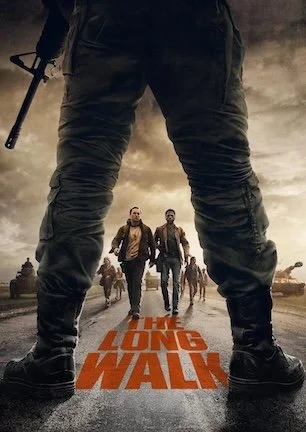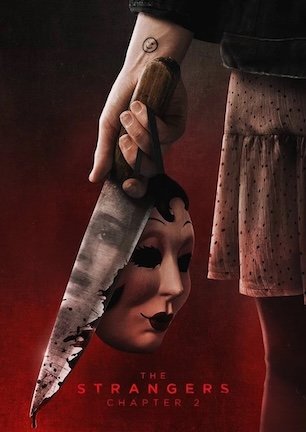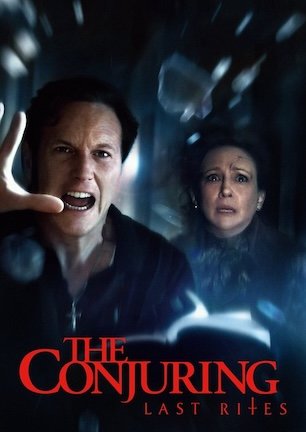Studio: Phase 4 Films
Director: Mark Hartley
Writer: Justin King
Producer: Antony I. Ginnane
Stars: Rachel Griffiths, Sharni Vinson, Charles Dance, Peta Sergeant, Damon Gameau, Martin Crewes, Jackson Gallagher
Review Score:
Summary:
A young nurse discovers that a comatose patient has telekinetic abilities that he is using to invade her private life.
Review:
Richard Franklin’s “Patrick” (review here) has its fair share of present-day followers, but having spent 35 years rooted to a time when slow build suspense and minimal chills suited thriller fans just fine, it had long been a dated film in need of a fresh paint coat. It was only natural that music video maker turned documentarian turned first-time feature director Mark Hartley ended up as the man holding that brush.
Hartley created the terrific 2008 documentary “Not Quite Hollywood” (review here), which coined the word “Ozploitation” as an all-encompassing term of endearment for the unique era in Australian cinema that spawned “Patrick.” The 1970’s and early 1980’s saw an influx in genre-oriented Aussie B-movies bearing hallmarks of wild plotlines and maverick approaches to moviemaking. Years spent researching that often overlooked period of underground pop culture suitably prepared Hartley for a firm grasp on what made “Patrick” resonate with audiences, as well as how films of that sub-genre worked as a whole.
Yet far from being slavishly reverent towards a product and towards a time for which he clearly has deep respect, Hartley is well aware of the reasons why “Patrick” never reached the same celebratory cult status as many of its contemporaries. So it is that his 2013 remake, titled “Patrick: Evil Awakens,” walks in stride with its predecessor while adding a new layer of appeal for audiences accustomed to the increased visual shocks and faster step of 21st century horror.
“You’re Next” (review here) star Sharni Vinson takes the reins as nurse Kathy Jacquard. Summoned to work in a creepy clinic ripe for a “found footage” investigation in a different movie, Kathy takes a position as a caretaker of comatose patients, one of whom includes Patrick, who may be much more than the unblinking shell he pretends to be. He meets her compassion with obsession and before long, Patrick gives the men in Kathy’s life the Carrie White treatment so that he can have the young nurse all to himself.
Tightly puckered as Kathy’s supervisor Matron Cassidy, Rachel Griffiths seems out of her bailiwick in a horror movie, overplaying icy and cold with such vacancy that she resembles a catatonic robot. It is a disappointingly underwhelming performance for an actress of her usually reliable talent. And strangely, I seem to have grown so accustomed to Griffiths convincingly faking an American voice on “Six Feet Under” and “Brothers & Sisters” that her native Australian accent now sounds phony.
The word “gravitas” is overused often in film criticism, but it succinctly summarizes what Charles Dance of “Game of Thrones” brings to the increased presence of a newly intimidating Dr. Roget. Dance has an unmatched ability to convey fearsome, annoyed, and whimsical in a single line delivery like no other actor. After Kathy is inexplicably choked by the hand of a corpse being wheeled to the morgue, she exclaims to Roget in a panic, “this patient isn’t dead!” Dance glibly replies with equal parts humor and sincerity, “no need for it down here then. Put it back.”
Jackson Gallagher does not have the same indelibly creepy stare that Robert Thompson did as Patrick, but then, Patrick never needed to be the standout character in his own movie. Patrick also now has the same last name as his previous actor, which is just one of many numerous tributes, winks, and Easter eggs paying homage to the predecessor. Kathy’s ex-husband Ed now bears the last name of “Patrick” actress Susan Penhaligon. Other nods range from small details like the black stripe on hospital nametags to a more obvious gag of the heat lamp used to kill Patrick’s mother in the original sitting on a table behind Matron Cassidy in her office.
Sticking out like a sore thumb are the rough seams of several not-so-hot visual effects. For the most part, they are easy enough to overlook as minor background enhancements until they begin featuring more prominently as key setpieces. Close to the one-hour mark, a runaway vehicle sequence takes place that looks like it was pulled from a PlayStation 2 racing game, which would not even be a compliment in 2002. Around that same time, “Patrick: Evil Awakens” unfortunately begins losing control itself and its focus repeatedly slams into the guardrail during the third act.
The film opens with an all-new sequence and tweaks enough of the character relationships, specifically Matron Cassidy and Dr. Roget, to imply that this version of “Patrick” will offer a deeper mystery and fresh twists. For a while, “Evil Awakens” provides that promise of terror through the terrifying concept of an omnipotent stalker controlling one’s life.
It initially appears that director Mark Hartley and screenwriter Justin King want to take their interpretation of the character past being a sexually frustrated boy throwing psychic tantrums. But they ultimately abandon any higher ideal and settle for a final half hour that basically echoes the intentions of the original. “Patrick: Evil Awakens” satisfies as a modernized horror thriller, but it misses a chance to go further beyond the surface in its update.
Those squeamish of needles will find themselves turning away from the screen often. “Evil Awakens” earns its frequent frightener miles with cheap, albeit time tested and effective, jump scares including music stings accompanying sudden appearances, various unexpected loud bangs, and the ever popular dream within a dream. It’s low hanging fruit that does nothing for the movie’s merit, although it still makes for a fun and enjoyable film despite the occasional predictability. Besides, “Evil Awakens” is only out to reinvent “Patrick,” not the entire horror genre.
Review Score: 70






It assumes everyone watching must be a dimwit too dense to understand how the most basic storytelling concepts work.